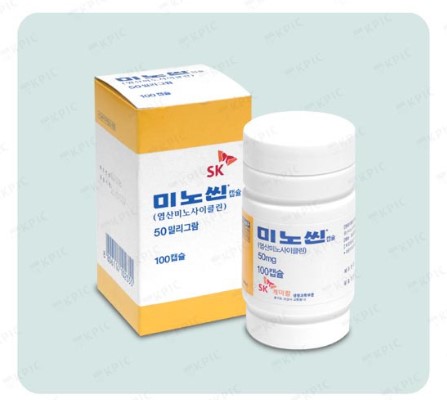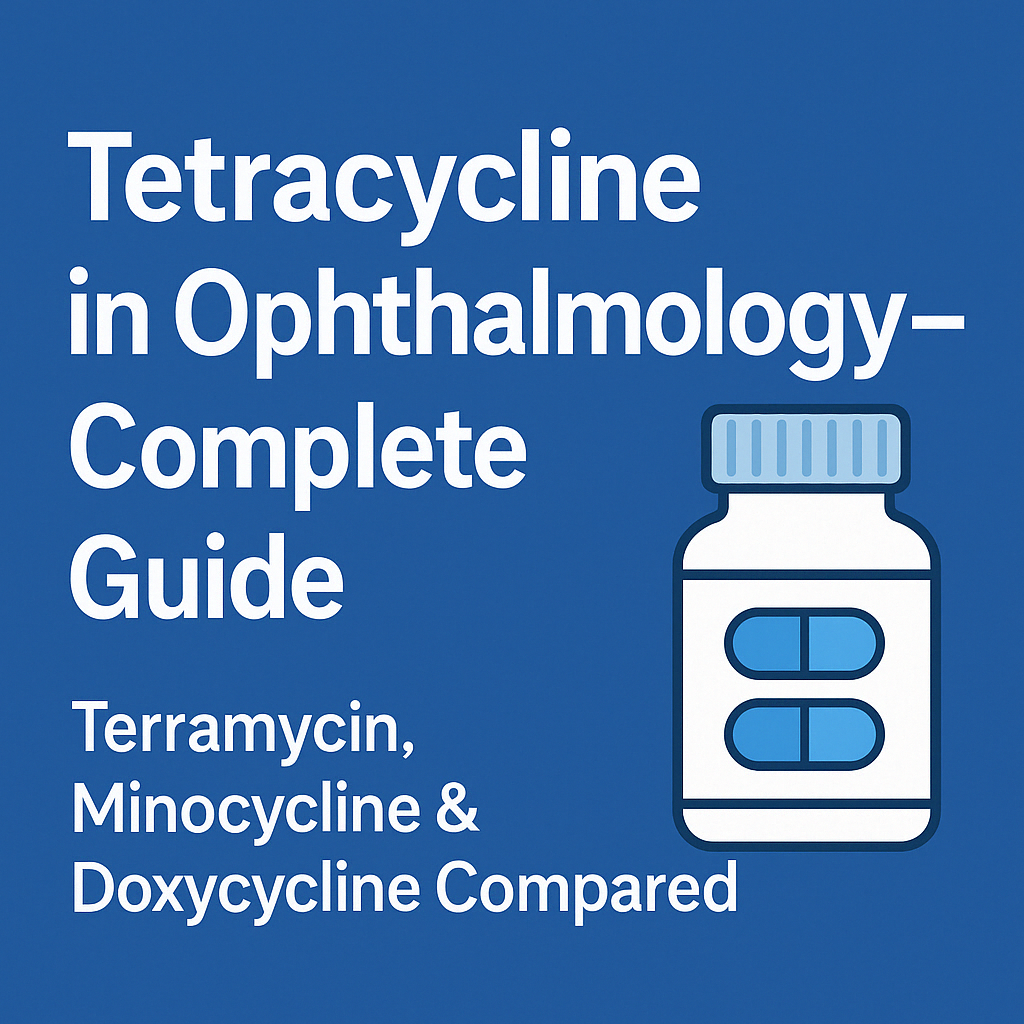Tistoryview
Disease&Treatment/Cornea&Ocular surfaces
Minocycline, DoxycyclineMechanism of action, pharmacological properties, dosage, side effects
eye_doc 2025. 4. 20. 15:47👁 Tetracycline Antibiotics in Ophthalmology – From Topical to Oral Therapy
Tetracyclines are broad-spectrum antibiotics that inhibit bacterial protein synthesis.
In ophthalmology, they are used as both topical eye ointments and oral medications depending on the indication.


✅ Common Forms in Ophthalmic Use
1. Topical – Terramycin (Oxytetracycline)
- Historically used for post-surgical care and blepharitis
- Effective against Gram-positive skin flora
- Now less favored due to newer fluoroquinolone-based ointments
2. Oral – Minocycline & Doxycycline
- Useful in meibomian gland dysfunction and chronic blepharitis
- Dosage:
- Minocycline: 100mg BID
- Doxycycline: Less preferred due to absorption and GI issues
✅ Comparison of Minocycline vs Doxycycline
FeatureMinocyclineDoxycycline
| Half-life | ~12 hrs | ~12–16 hrs |
| Food interaction | Less affected | Requires fasting |
| Side effects | Mild | More GI/renal issues |
| Preferred use | 1st line in ophthalmology | Alternative |
✅ Safety Precautions
- Avoid in children and pregnant women (skeletal/teeth risks)
- Photosensitivity: Avoid sun exposure during use
- Never take expired pills – may cause renal toxicity
- Take with full glass of water to prevent esophageal injury
